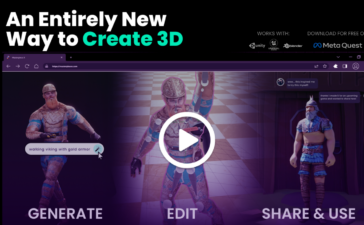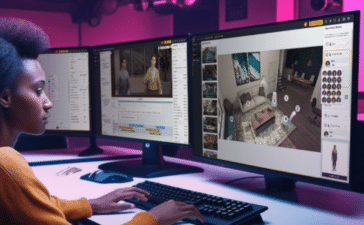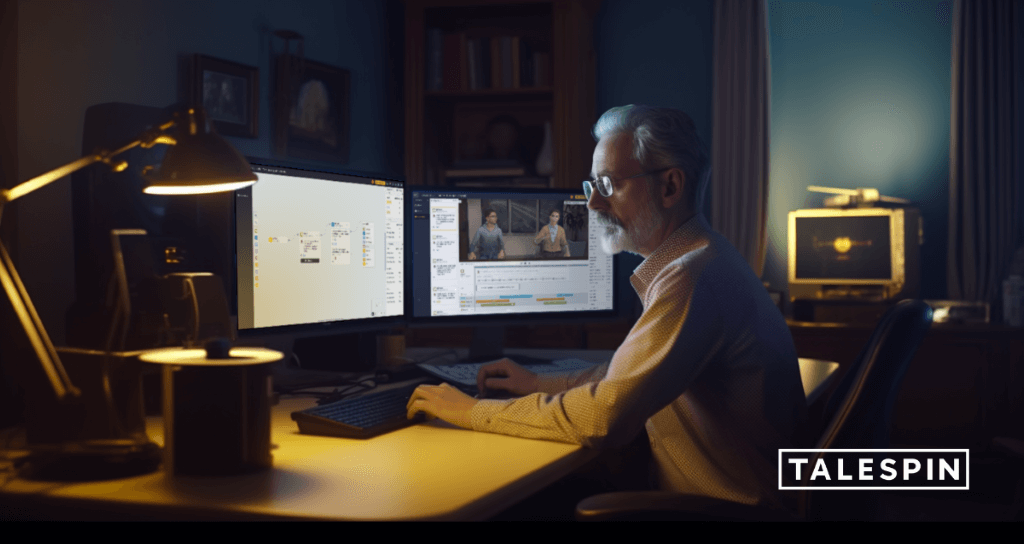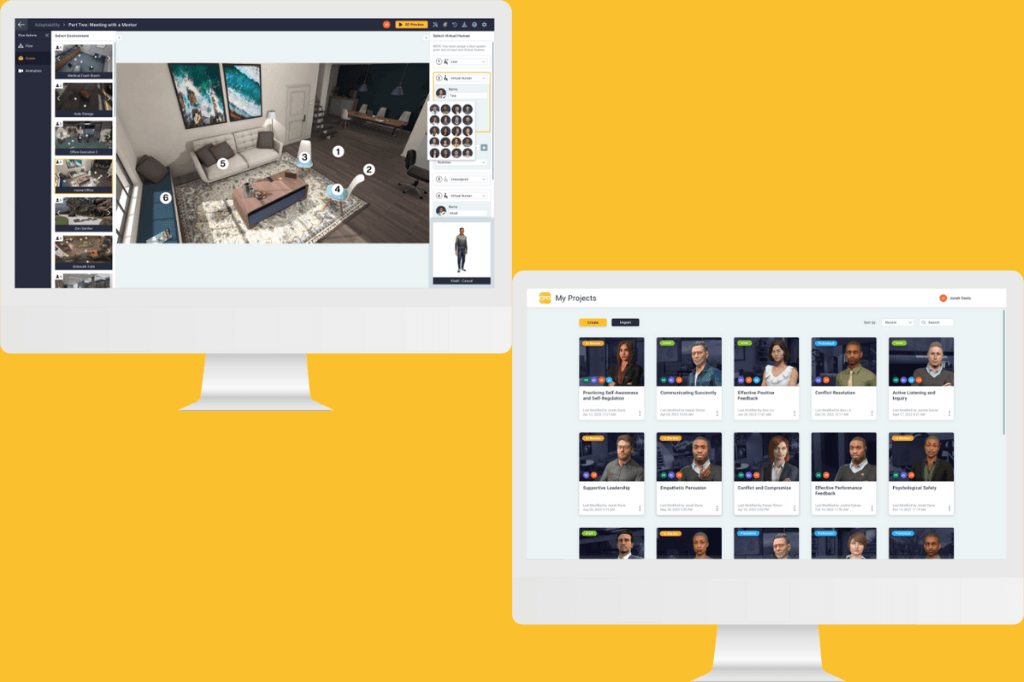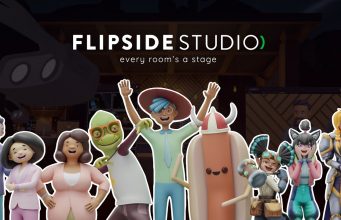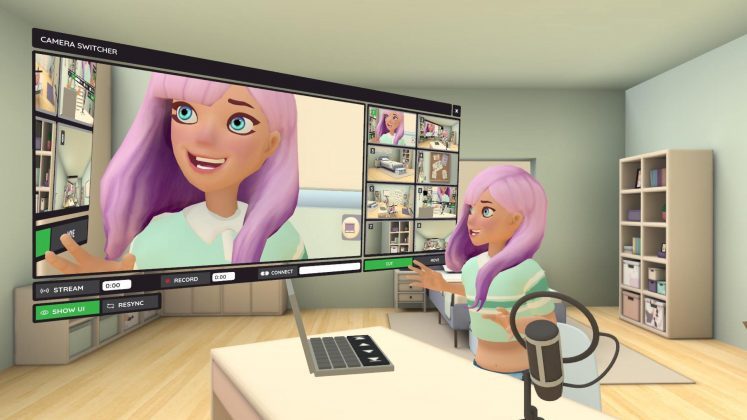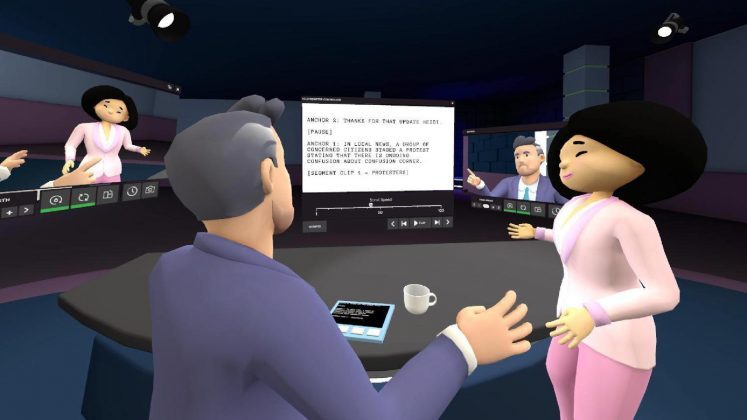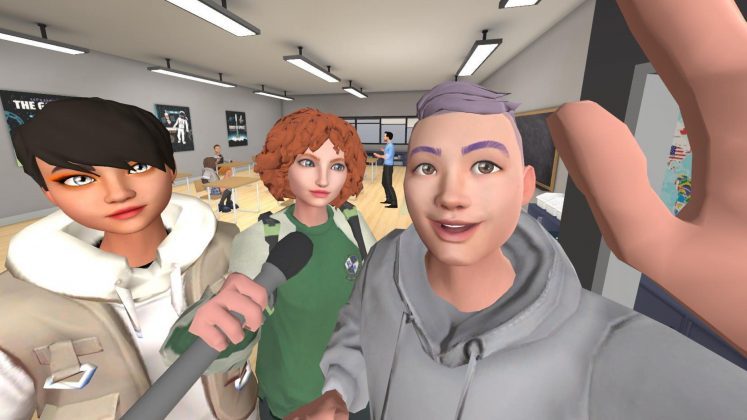AI to Help Everyone Unleash Their Inner Creator With Masterpiece X
Empowering independent creators is an often-touted benefit of AI in XR. We’ve seen examples from professional development studios with little to no public offering, but precious few examples of AI-powered authoring tools for individual users. Masterpiece Studio is adding one more, “Masterpiece X”, to help everyone “realize and elevate more of their creative potential.”
“A New Form of Literacy”
Masterpiece Studio doesn’t just want to release an app – they want to start a movement. The team believes that “everyone is a creator” but the modern means of creation are inaccessible to the average person – and that AI is the solution.

“As our world increasingly continues to become more digital, learning how to create becomes a crucial skill: a new form of literacy,” says a release shared with ARPost.
Masterpiece Studio has already been in the business of 3D asset generation for over eight years now. The company took home the 2021 Auggie Award for Best Creator and Authoring Tool, and is a member of the Khronos Group and the Metaverse Standards Forum.
So, what’s the news? A new AI-powered asset generation platform called Masterpiece X, currently available as a beta application through a partnership with Meta.
The Early Days of Masterpiece X
Masterpiece X is already available on the Quest 2, and it’s already useful if you have your own 3D assets to import. There’s a free asset library, but it only contains sample content at the moment. The big feature of the app – creating 3D models from text prompts – is still rolling out and will (hopefully) result in a more highly populated asset library.

“Please keep in mind that this is an ‘early release’ phase of the Masterpiece X platform. Some features are still in testing with select partners,” reads the release.
That doesn’t mean that it’s too early to bother getting the app. It’s already a powerful tool. Creators that download and master the app now will be better prepared to unlock its full potential when it’s ready.
Creating an account isn’t a lengthy process, but it’s a bit clunky – it can’t be done entirely online or entirely in-app, which means switching between a desktop and the VR headset to enter URLs and passwords. After that, you can take a brief tutorial or experiment on your own.
The app already incorporates a number of powerful tools into the entirely spatial workflow. Getting used to the controls might take some work, though people who already have experience with VR art tools might have a leg up. Users can choose a beginner menu with a cleaner look and fewer tools, or an expert menu with more options.
So far, tools allow users to change the size, shape, color, and texture of assets. Some of these are simple objects, while others come with rigged skeletons that can take on a variety of animations.
I Had a Dream…
For someone like me who isn’t very well-versed in 3D asset editing, now is the moment to spend time in Masterpiece X – honing my skills until the day that asset creation on the platform is streamlined by AI. Maybe then I can finally make a skateboarding Gumby-shaped David Bowie to star in an immersive music video for “Twinkle Song” by Miley Cyrus. Maybe.
AI to Help Everyone Unleash Their Inner Creator With Masterpiece X Read More »
